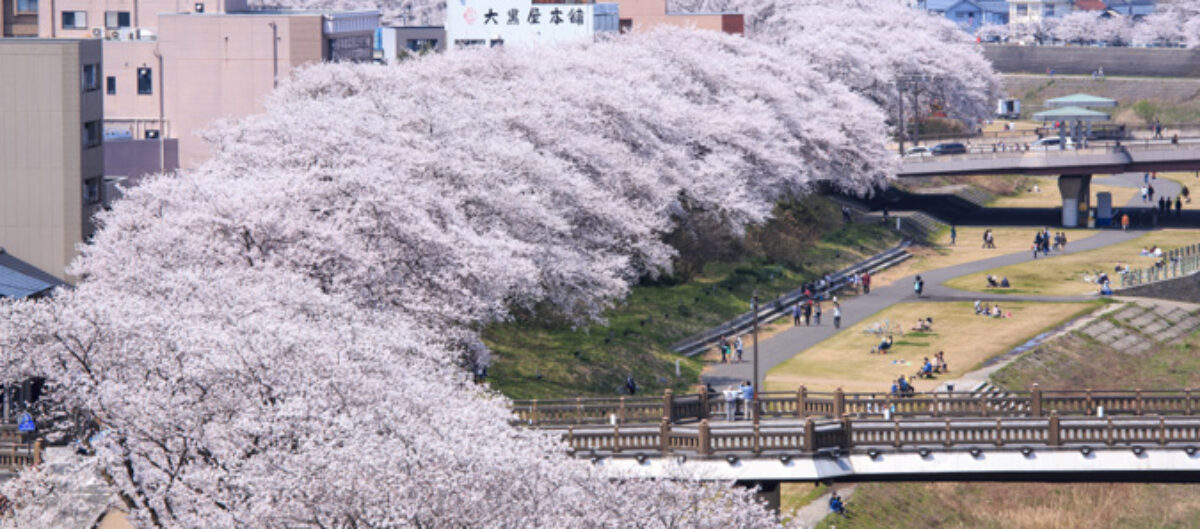
December/6/2020
There’s a ginkgo tree in Fukui that, along with the phoenix, is known as a symbol of the city.
The ginkgo has green leaves in spring and summer. Its leaves change from green to yellow in autumn, and it has no leaves in winter.(If you want to know more about the ginkgo, please read my previous post: Hirase Sakugoro: a unique researcher who overturned common conceptions of plants)

The phoenix is also a symbol of the city of Fukui. The phoenix is a mythical bird that looks like an eagle, with colorful feathers and a tail of gold and scarlet. After it dies, it emerges from the ashes as a young phoenix.
Fukui was largely destroyed by the war, and more than 1,500 people died in 1945. Three years later in 1948, Fukui was again devastated by a major earthquake and about 3,700 people died. A month later, a large flood hit Fukui and caused a lot of damage.
In short, Fukui suffered three major disasters in only three years. However, the people of Fukui rose like a phoenix from the ashes each time. Because of this, the phoenix is the symbol of Fukui.



The ginkgo tree in Fukui Shrine(福井神社のイチョウ in Japanese) was damaged because of the war in 1945 and almost died. However, a lot of new leaves appeared after that and the tree is now full of energy. You wouldn’t believe that the tree almost died at one time. The tree is like a phoenix, so it’s a symbol of the city of Fukui.

The tree teaches people that living things have strength and resilience. The history of Fukui shows that humans can overcome adverse circumstances like war, earthquakes and floods. If you have the chance, look at the tree and feel the power of living things.
You can walk to the location of the tree from Fukui Station in about 15 minutes. The tree, Fukui Shrine(Fukui Shrine and what’s a Shinto shrine?) and a statue of Okakura Tenshin are located in Central Park, which is next to Fukui Castle Ruins. You can see them all at the same time.

Awesome. It’s so interesting. Keep it up Taru-san.